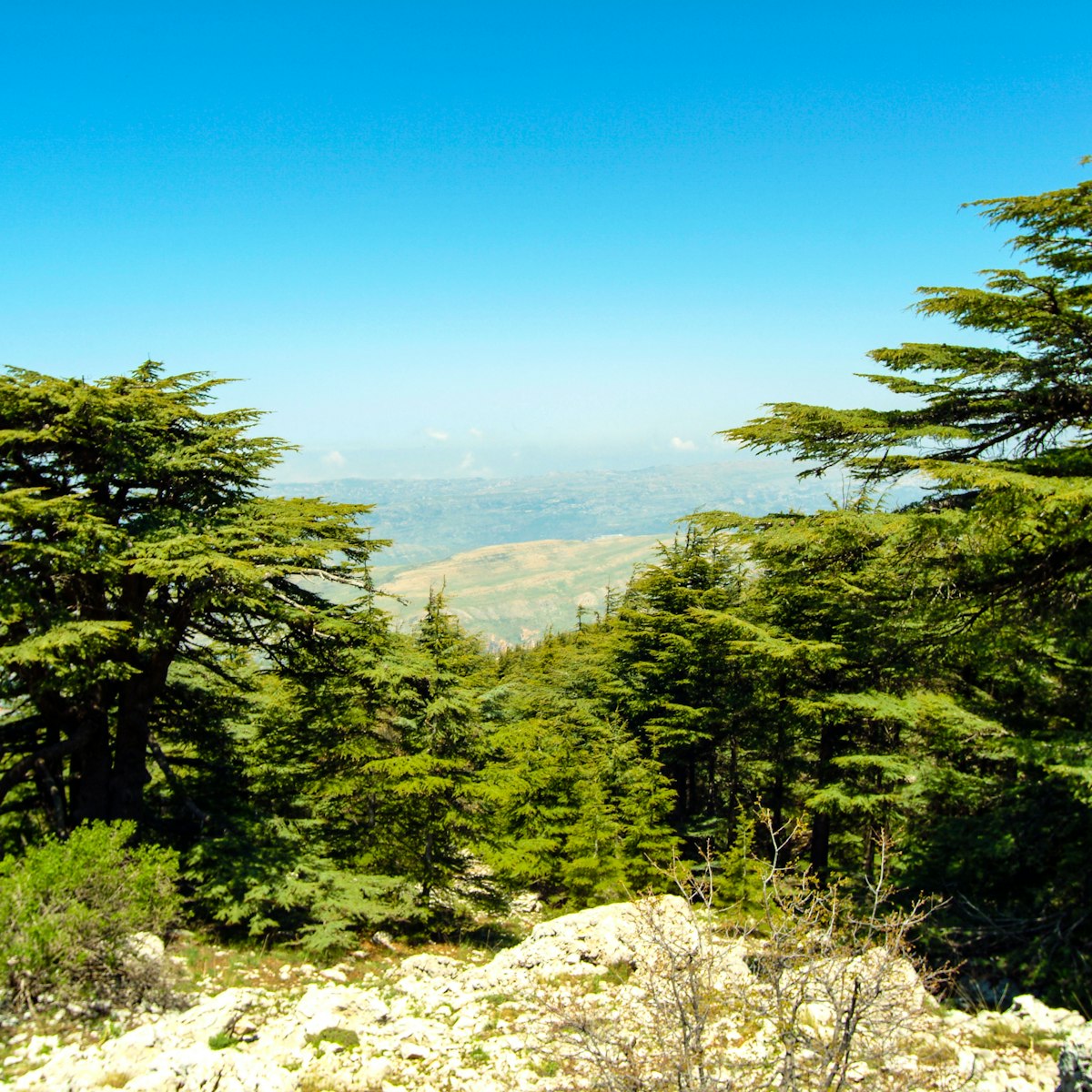Sitting majestically on a hill surrounded by terraced gardens and orchards, Beiteddine Palace is one of the highlights of the Chouf Mountains. This restored 19th-century gem features sumptuous interiors, views over the surrounding hills and an important archaeological collection. Although conceived by Italian architects, the palace incorporates many traditional forms of Arab design and is a model of elegance. In summer, it's the venue of a well-known arts festival. The village is around 50km southeast of Beirut.
Beiteddine Palace was built over a period of 30 years in the early 19th century by Emir Bashir Chehab II, Ottoman-appointed governor of the region. Its name means ‘House of Faith’, acknowledging the older Druze hermitage that originally occupied the site. During the French mandate the palace was used for local administration, and after 1930 it was declared a historic monument. In 1943 Lebanon’s first president after independence declared it his summer residence. The palace was extensively damaged during the Israeli invasion; it’s estimated that up to 90% of the original contents were lost during this time. When fighting ended in 1984, the site was claimed by the Druze militia, and Walid Jumblatt, the Druze leader, ordered its restoration. In 1999 the Druze returned it to the government.
The main gate opens onto a 60m-wide outer courtyard (Dar Al Baraniyyeh) that’s walled on three sides only; the fourth side has views over the surrounding valleys and hills. The archaeological collection off this space was closed for restoration at last visit.
A double staircase on the outer courtyard’s western side leads into a smaller central courtyard (Dar Al Wousta) with a fountain. Beyond this courtyard (accessed from its northern side) is the third – and last – inner courtyard (Dar Al Harim). This was the centre of the family quarters, and incorporates a beautiful hammam and huge kitchens.
Underneath the Dar Al Wousta (accessed via a doorway near the staircase) are the former stables, now home to an outstanding collection of 5th- and 6th-century Byzantine mosaics. Found at Jiyyeh, 30km south of Beirut, they were brought by Walid Jumblatt to Beiteddine in 1982. Whatever you do, don’t miss them: they’re truly stunning. During the arts festival, this area serves as the backstage area and is likely off limits.
The only food options in Beiteddine are a few snack bars. You'll need to eat at the nearby Mir Amin Palace or bring a picnic with you to eat in the palace garden beside the beautiful open-air mosaics.
Minibuses ('Chouf Buses') from Beirut’s Cola transport hub can drop passengers at Douwwar, which is within walking distance of Beiteddine (LL3000, 45 minutes, every 30 minutes between 7.30am and 4pm). Taxis waiting there can take you to Deir Al Qamar, wait while you explore there and then bring you back to the palace (US$40). Alternatively, it's a picturesque but hilly one-hour walk between Deir Al Qamar and the palace.
A taxi will charge around US$125 to take you from Beirut to to Deir Al Qamar and Beiteddine, wait while you explore both, and then return you to Beirut.





